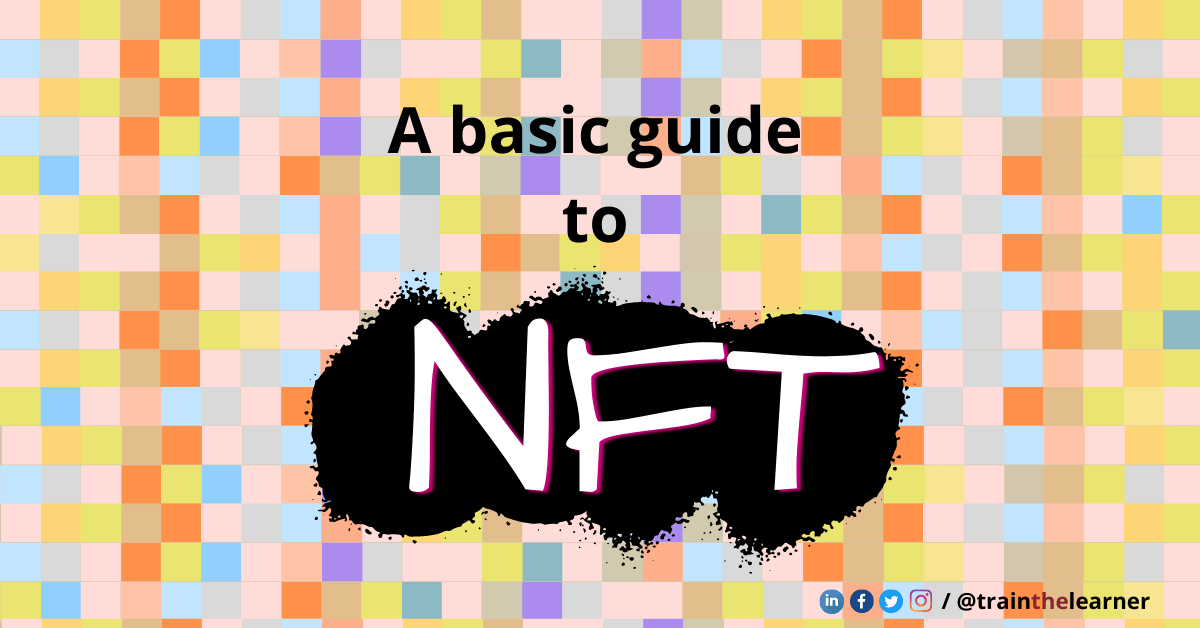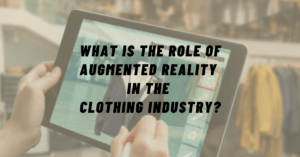NFT (Non-Fungible Token)
An NFT is a digital asset representing real-life objects like art, music, videos, and in-game items. Non-fungible Tokens are bought and sold online frequently with cryptocurrency. Building an NFT uses the same type of programming as cryptocurrencies like bitcoin or Ethereum.
NFT is a digital asset representing non-forged Internet collectibles. To understand the word non-fungible first look at the word Fungible. Fungible means items that are interchangeable and indistinguishable. On the other hand, the non-fungible assets are distinguishable and not exchangeable. NFTs are original in their unique attributes and values.
History
Let us look at the history of NFT. NFTs have been around since 2014 and colored coins on the bitcoin blockchain were among the first NFTs. The Ethereum blockchain platform get an introduction back in 2014. With the introduction and platform going Live on July 30, 2015, a new age for the NFTs began. NFTs are gaining popularity now because they are becoming an increasingly intelligent way to buy and sell digital artwork.
Since November 2017, NFT business has utilized a staggering $174 million. Most of it is from NFT gaming and metaverse projects. For an idea of the amount, $174 million are about twice the cost of a high-end private jet.
Working of NFT
NFTs exist on a blockchain. Blockchain is a public ledger that records transactions. You are familiar with blockchain as the underlying process that makes cryptocurrencies possible. NFTs are mostly held on the Ethereum blockchain, although other blockchains also support them. Digital objects representing tangible and intangible items create an NFT.
For instance, Art, GIFs, Videos and sports highlights, Collectibles, and Virtual avatars represent digital objects. Other possible representations are video game skins, Designer sneakers, and music. They also have ownership rights.
- Another question that arises in our mind is What makes NFTS so unique?
NFT has a digital signature that makes it unique and non-exchangeable. On the other hand, the fungible tokens are identical and have the same attributes and values when exchanged.
Use of NFTs
Some of the uses of NFTs are:
- Differentiation
- Representations
- Valuing
- Ownership Rights
Above mentioned are some of the uses of NFTs. In addition to representing digital collectibles, non-fungible tokens can also differentiate digital assets to prove the value of scarcity. NFTs can describe everything and NFT marketplaces have them for buying and selling.
With all its uses, NFTs provide artists and content creators a unique opportunity to monetize their wares. For example, artists do not have to rely on galleries or auction houses; they can directly sell it to the customer as an NFT. It also allows them to make more profit. In addition, artists can add royalties to receive a percentage of sales if they sell to a new owner. With its wide range of uses, celebrities like Snoop Dogg and Lindsay Lohan are jumping on the NFT. They are releasing unique memories, bandwagon, artwork, and moments as securitized NFTs.
NFT Market
When we talk about NFT market, two important points are:
- How and where one can buy NFT?
- How does the business take place?
Let’s explore the above two(2) one by one.
1. How and where one can buy NFT?
First, the digital wallet stores NFTs and cryptocurrencies. Typically deals of NFTs take place in cryptocurrency. Various platforms sell crypto via credit card. After buying, the buyer can transfer crypto to the wallet and later there are different NFTs marketplaces. Some of the largest marketplaces are OpenSea.io, Rarible, and Foundation. All these platforms are primary host NFT creators and collectors.
2. How does the business take place?
Many famous brands are licensing their content for NFTs. NFTs have been around since 2014, but they are now experiencing colossal popularity depending on certain factors. First is the normalization and excitement of cryptocurrencies and the underlying blockchain frameworks. The potential in NFTs is much broader with the applications, including copyright and intellectual property rights. Ticketing and the sale and trading of video games, music, and movies are also some of the applications of NFT. Price of an NFT varies from time to time, on the Internet one can check the current NFT rates and the other rates over some specific time period.
Final Thought
To conclude the topic, Non-Fungible tokens have a massive prospect in the future. NFTs could also become a critical component of the metaverse, as expected. Some metaverse platforms already use NFTs to represent plots of virtual land and in-game items.
Further application of non-fungible tokens could include certification. A smart contract for a non-fungible token consistently certifies the recipient’s or owner’s identity. Digital wallet can store them for easy access and representation. One day, our digital wallets may contain proof of all certificates, licenses, and assets.
[This article is written by Ali Hussain during Train the Learner’s 4 weeks Training Program as an Article Writer]
Related Links:




